Mickey McMickle, Johnny Best, Ray Anthony, Billy May (tp); Glenn Miller, Paul Tanner, Jimmy Priddy, Frank D’Annolfo (tb); Hal McIntyre, Wilbur Schwartz, Ernie Caceres, Tex Beneke, Al Klink (reeds); Chummy MacGregor (p); Jack Lathrop (g,vcl); Trigger Alpert (b); Maurice Purtill (d); Ray Eberle, Marion Hutton (vcl); Bill Finegan, Jerry Gray (arr).
RCA Victor Studios, New York – December 13, 1940, 1:30-5:50 PM
058172-1 Anvil Chorus – Part 1 (JG arr) Bluebird 10982-A
058173-1 Anvil Chorus – Part 2 (JG arr) Bluebird 10982-B
058173-2 Anvil Chorus – Part 2 (JG arr) Bluebird (Canada) 10982-B
058174-1 Frenesi (BF arr) Bluebird 10994-A
058174-2 Frenesi (BF arr) first issued on LP
RCA Victor Studios, New York – December 27, 1940, 1:00-4:00 PM
058805-1 The Mem’ry of a Rose (RE vcl) Bluebird 11011-A
058806-1 I Do, Do You ? (RE vcl, BF arr) Bluebird 11020-A
058807-1 Chapel in the Valley (RE vcl) Bluebird 11029-B
058808-1 Prairieland Lullaby (RE vcl, BF arr) Bluebird 11011-B
Now the top band in the land, it’s strange that Glenn Miller recorded relatively infrequently in the last months of 1940. From October through year’s end, he waxed only 20 numbers, quite a drop-off from 1939. With their comfortable perch at the Café Rouge, it would seem that the time to commission and rehearse new numbers would be available. For whatever reason, this was not the case.
The first session in December came on Friday, the 13th, but it proved to be a lucky Miller date. Not so for Count Basie – he had a Columbia session that same day and superstitious musician Lester Young refused to show up, getting himself fired from the band.
With the ASCAP radio ban looming on January 1st of the New Year, Glenn wisely concentrated on selections that would fit under the new BMI or public domain-only restrictions. The short session of December 13th consisted of a real oldie and a BMI newcomer. ANVIL CHORUS, a swing version of the familiar choral theme from Verdi’s 1853 opera, Il Trovatore, was needless to say, in the public domain!
Jerry Gray penned the lengthy arrangement (even though Glenn got the label credit!), which was first broadcast in October. It ran seven minutes and was taken at a very slow tempo. This was too long even for a two-part 78, so it was sped up and several sections were edited, resulting in a five-minute jazz opus.
The band is in fine fettle, booted along by Moe Purtill and Trigger Alpert. Beneke, Ernie Caceres and Billy May get short solos, but the star here is the tightly routined band and Moe, who is heard in a lengthy drum spot on Part 2. The repeated riffs go on just long enough, leading to a neat coda. Later performances by both the civilian and AAF bands would lengthen the drum solo, making it nearly a percussion feature. The alternate take of Part 2 is easily identified by a fat trumpet clinker near the end.
FRENESI, on the other hand, was written by Mexican composer Alberto Dominguez in 1939 and became a popular hit there. Bandleader Artie Shaw heard a local band play it while on a vacation and brought it home to record instrumentally in March 1940 with his new swing-pus strings band. Though the A-side, ADIOS MARIQUITA LINDA, was expected to be the hit, FRENESI, the B-side, took off and became nearly the biggest success Shaw would ever have.
English lyrics were hastily added by Leonard Whitcup, an ASCAP lyricist, and several additional recordings were made. The song’s American publisher, Southern Music, then switched their affiliation to BMI and a new set of English lyrics by Ray Charles (not the singer of that name) and S.K. Russell were attached. Glenn avoided the whole lyric question by recording the number as an instrumental ballad, slowing it down from Shaw’s rhythm-rumba tempo.
The saxes lead off with the insinuating melody, first by themselves and then with the clarinet lead. Tex Beneke picks it up, followed by lovely muted trumpets. Johnny Best takes an open trumpet solo, continued by Mickey McMickle on muted horn. More reed sounds and then the full band brings it home. This Bill Finegan chart is a leisurely beauty, though Artie Shaw’s landmark version is hard to beat. The title FRENESI means “frenzy” in English. Neither of these famous recordings suggest that at all!
After these two winning discs, the Miller band’s final session for 1940 produced four pretty forgettable sides, which made no stir whatsoever, either artistically or commercially. All the tunes were written by composers and lyricists who had done right by Glenn in the past.
There are some pleasant arranging touches and Ray Eberle does his usual consistent job, but not one of the songs standa out especially. THE MEM’RY OF A ROSE, by Jimmy Kennedy (of MY PRAYER fame) and Richard Young, has the fusty-sounding lyric of a Civil War-era ballad.
I DO, DO YOU sounds a little more up-to-date, written by Lew Quadling, who had penned A MILLION DREAMS AGO earlier in the year. Also returning was Leon Rene, writer of WHEN THE SWALLOWS COME BACK TO CAPISTRANO. CHAPEL IN THE VALLEY was not much of a follow-up, though it tries to suggest the melody and lyric of the earlier song.
PRAIRIELAND LULLABY at least has an interesting lineage. It was written by Victor Young, one of Glenn’s comrades in the 1926 Ben Pollack band. Young had risen to become a top radio, recording and film composer/conductor. The song was part of the score for a Paramount musical travelogue short, Arizona Sketches, with an added lyric by Frank Loesser (of THE LADY’S IN LOVE WITH YOU).
Bill Finegan’s pleasant arrangement drags Ray Eberle onto a saddle again, for yet another lope through the Western tumbleweeds. He sings throughout and is in especially relaxed form, riding 1940 off into the sunset.
As Bluebird’s top-selling band, Glenn certainly had a say in the material he was given to record. It appears that he was becoming aware that he should concentrate on better songs in the future and not favor those published and plugged by friends or even his own publishing firm, at least not until they had better product to promote.
1941 would feature a higher quality of material and result in many memorable recordings, plus new sounds arriving in the Glenn Miller vocal department!






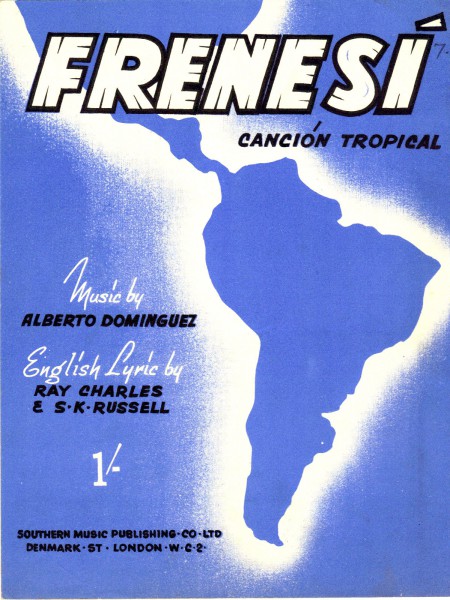
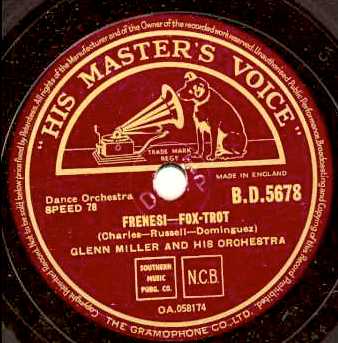

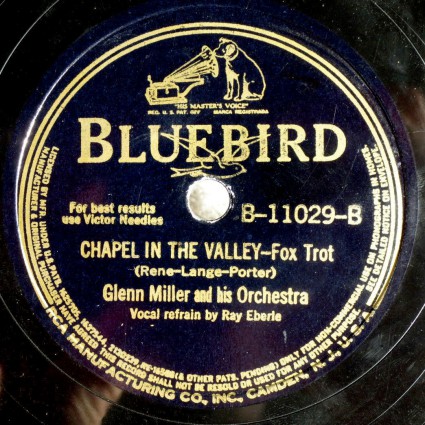


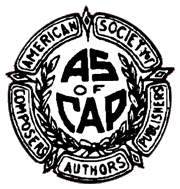

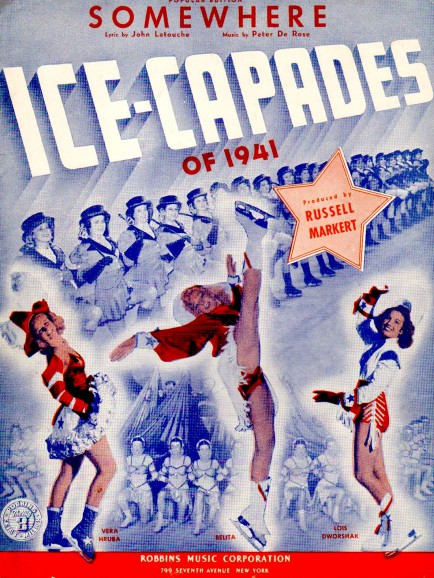

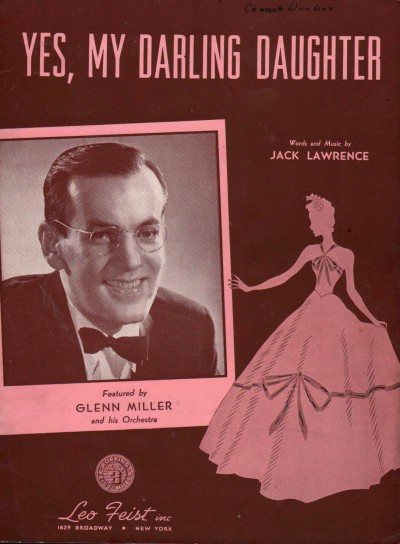
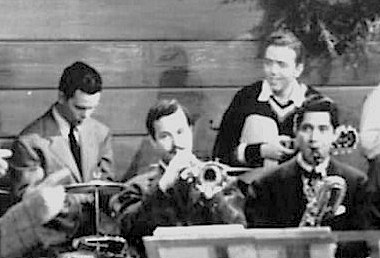



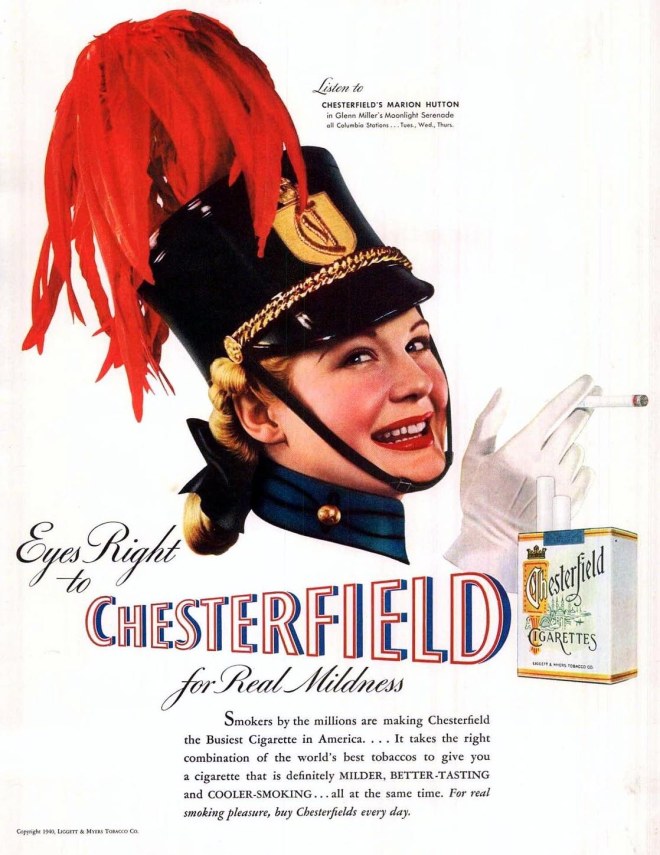


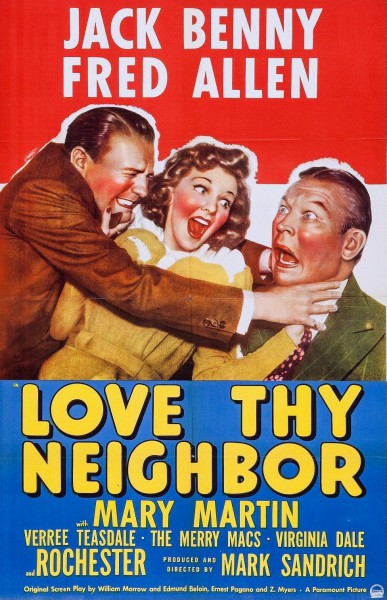
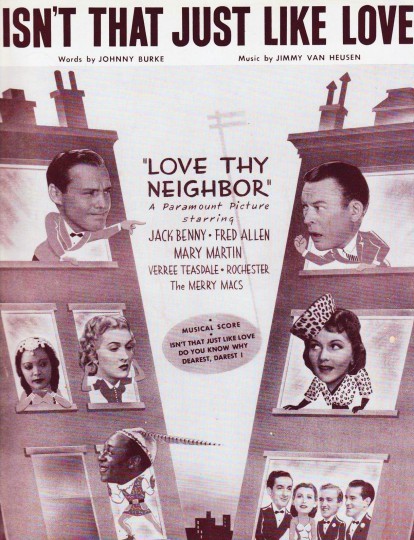

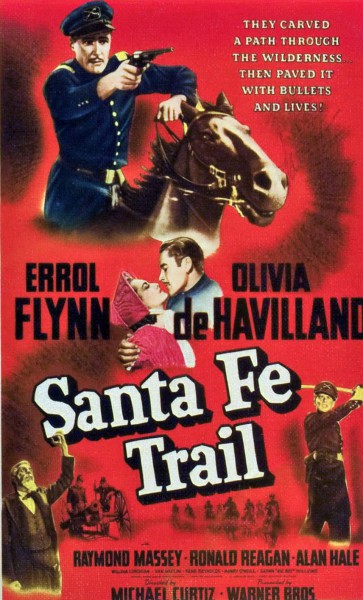
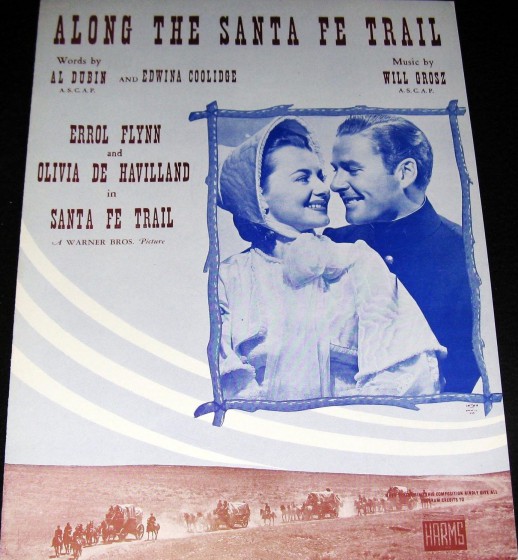
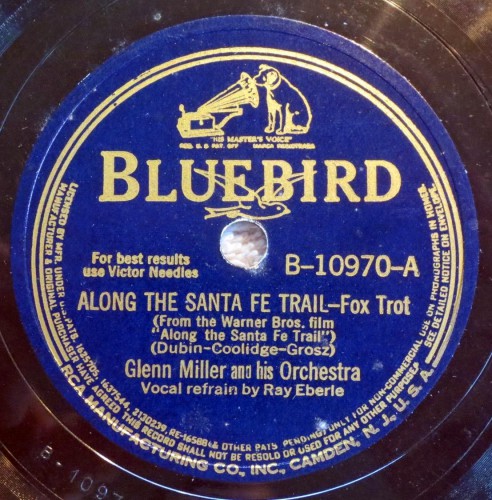
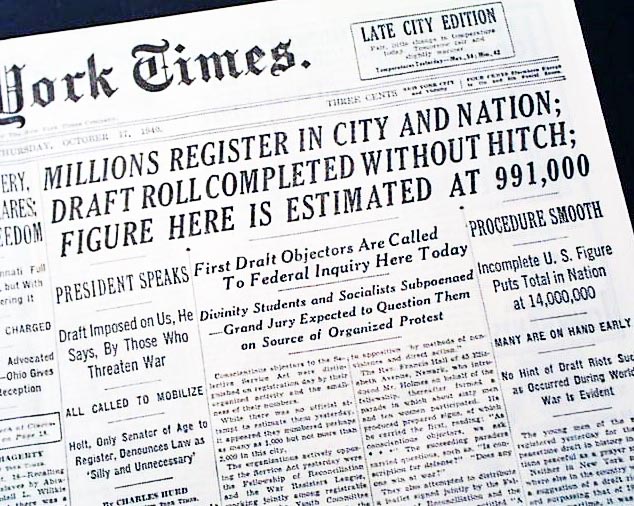

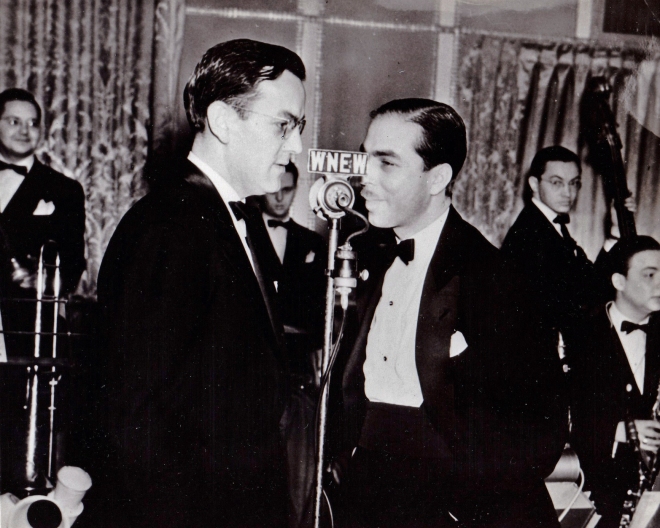
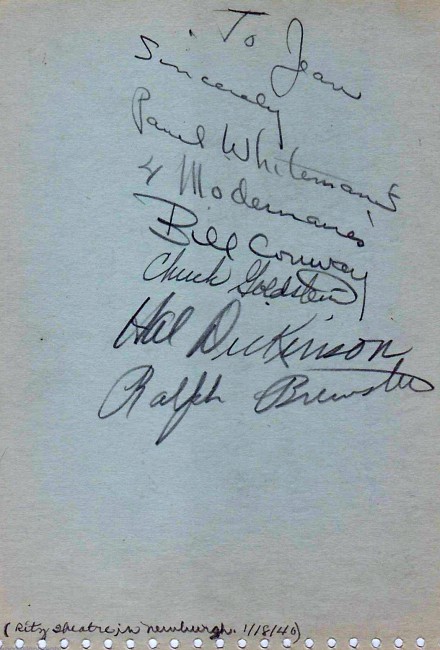

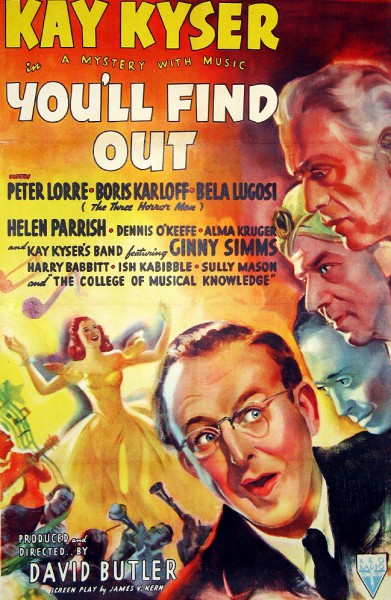

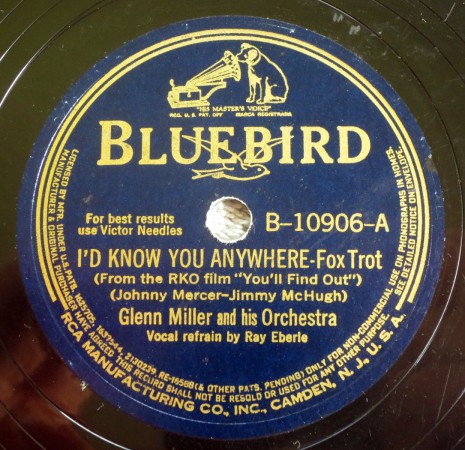

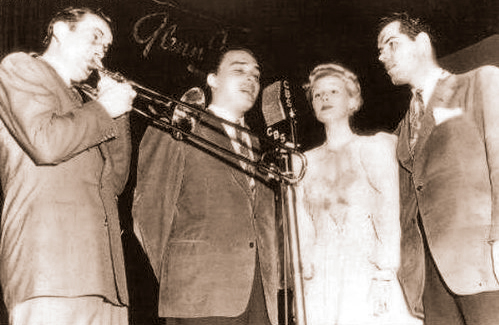

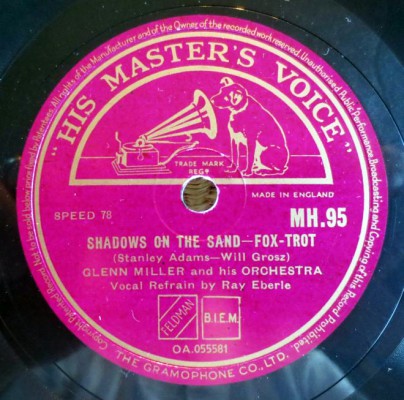



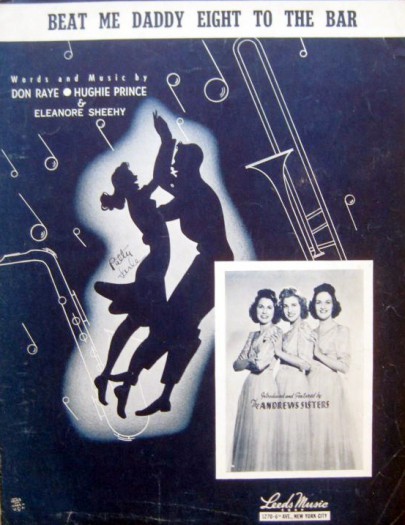



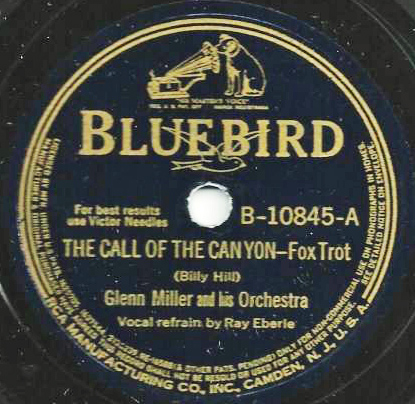



 Post-Swing Era, the song was deservedly resurrected by Ella Fitzgerald, Anita O’ Day and Julie London, among others.
Post-Swing Era, the song was deservedly resurrected by Ella Fitzgerald, Anita O’ Day and Julie London, among others.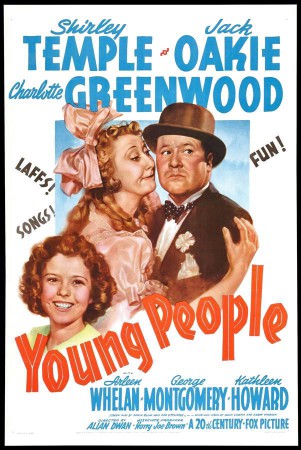

 A new, more “mature” sound on Miller ballad arrangements started developing with THE NEARNESS OF YOU and now is heard on A HANDFUL OF STARS. Credit is due to arranger Bill Finegan, who wrote both. It’s a richer, slower, more thoughtful approach, providing a sympathetic frame for Ray Eberle’s vocals. A more congenial tempo and subtler backing now replace the relentless pumping rhythm of MOON LOVE and OH, YOU CRAZY MOON.
A new, more “mature” sound on Miller ballad arrangements started developing with THE NEARNESS OF YOU and now is heard on A HANDFUL OF STARS. Credit is due to arranger Bill Finegan, who wrote both. It’s a richer, slower, more thoughtful approach, providing a sympathetic frame for Ray Eberle’s vocals. A more congenial tempo and subtler backing now replace the relentless pumping rhythm of MOON LOVE and OH, YOU CRAZY MOON.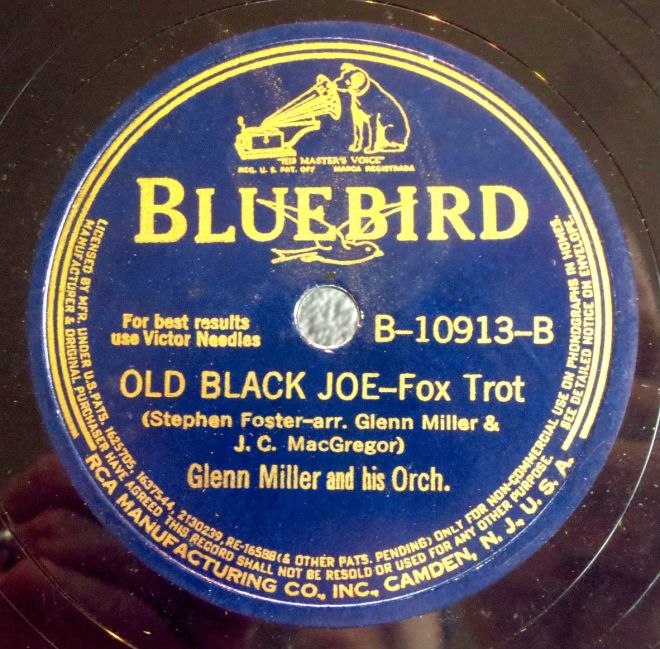




































 Eberle takes a nicely relaxed vocal on SAY IT, the film’s lovely ballad. It’s a song that should have become a standard. Ray is even more hushed and effective on a broadcast version of the song a few weeks later, part of a Something Old/New/Borrowed/Blue medley.
Eberle takes a nicely relaxed vocal on SAY IT, the film’s lovely ballad. It’s a song that should have become a standard. Ray is even more hushed and effective on a broadcast version of the song a few weeks later, part of a Something Old/New/Borrowed/Blue medley.


